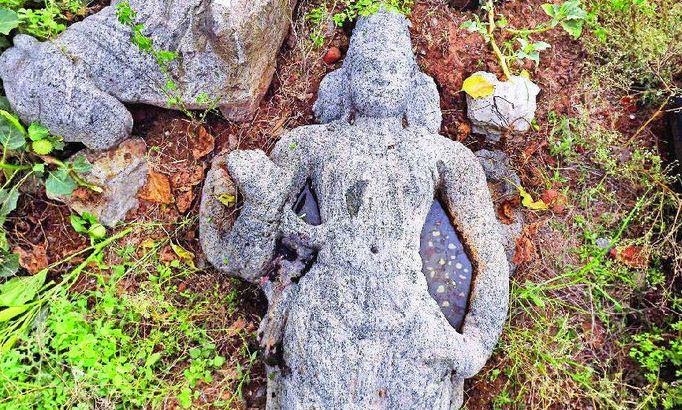Sew La Ti Embroidery [Search results for modern art]
The Architectural Combinations

Night Club MUSEE [Madrid]
![Night Club MUSEE [Madrid]](https://blogger.googleusercontent.com/img/b/R29vZ2xl/AVvXsEjnyQCTGQ8gRaFrZ8pK4wTLKFtdeDcdi2buQI2EAAqdJsqt-BuSLFBnD-TrydaKSdR9y53a0Xsj_UBaO8jZHfsncyQgLz4NuNMMLptpvtjEjJ3rO2QNV5klK9YgDNow6UsRQWEKOW40mgQ/s640/Night-Club.jpg)
The Architectural Chinese Greatness
Burnham Pavilions in Millennium Park
Solar: the Perfect Technology for the Contemporary Dwelling

Central Asia: Scholars rush to save Mes Aynak

India: Rare sculptures thrown out as modern temple comes up at ancient Pallava site

UK: UK marks 800th anniversary of Magna Carta

The Guggenheim Museum [Bilbao, Spain]
![The Guggenheim Museum [Bilbao, Spain]](https://blogger.googleusercontent.com/img/b/R29vZ2xl/AVvXsEii6IEHvRjz7fD4czrkHikta3atnsgpFvSJQJTOasX2BzQ0DDqMQmn5i0EgJ-x0xdTBlCa2kGkRZCdQ-3rahb05HgzSz9cxhHNudG_6Jctxe3GLOeGqplt3Ym8D0YLuNhQbUng1MsWruxBs/s800/Guggenheim-Museum.jpg)
Unusual Medical Complex (Australia)

Heritage: Taxila, the lost civilisation

Italy: Neutron scattering helping conserve the world’s great historic monuments


